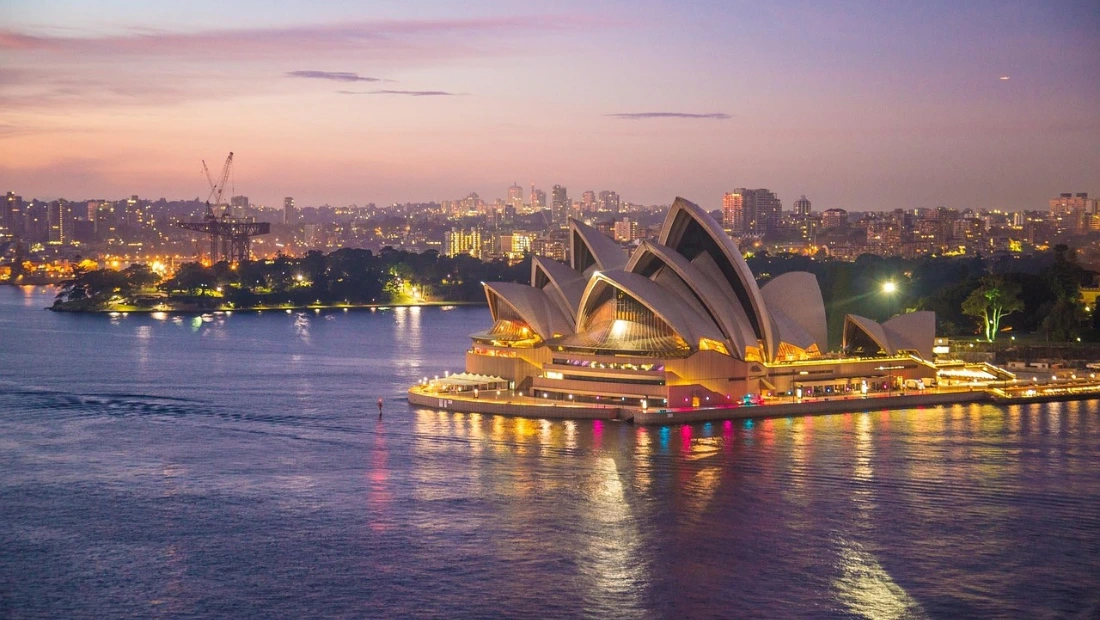
25 Apr Key Things to Know Before Your Flights to Australia
Planning your trip to Australia can be an exciting idea, the whole booking-to-boarding would be greatly disturbed by ignored details. Whether it is booking cheap flights to Australia or preparing for customs, these 10 thoroughly covered points make time, money, and stress work for you so that you can get on with the fun.
1. Book Early, But Not Too Early: Timing Your Flight Tickets to Australia Perfectly
Securing flights to Australia isn’t just about clicking “buy” it’s a strategic game. While conventional wisdom says to book months ahead, the sweet spot is typically 3–6 months pre-departure. Airlines like Qantas and Emirates adjust prices based on demand, so track trends using tools like Google Flights or Hopper.
Pro Tip: Avoid peak seasons (December–February and June–August). I once saved 40% on London to Australia flights by traveling in September a shoulder season with mild weather and fewer crowds.
2. Direct vs. Stopovers: Choosing the Right Route for Your Budget
There are non-stop flights from the UK to Australia (such as the 17-hour-long London-Perth route); however, such accessibility comes at a cost. A layover at a popular hub-Dubai, Jakarta, or Kuala Lumpur-could save between 20-30% off these prices. For instance, travelling to Dubai via Emirates would necessitate free hotel accommodation for a long layover-an additional mini vacation!
Budget Hack: Use Skyscanner’s “Everywhere” search to find the cheapest routes. A friend snagged cheap flight to Australia via Manila, saving £300 compared to direct options
3. Visa Essentials: Don’t Get Grounded by Paperwork

Most travelers need an Electronic Travel Authority (ETA) visa. Apply online at least 2 weeks before departure (it’s usually approved instantly, but delays happen).
Nightmare Story: A traveler I met in Sydney was denied boarding in London because their ETA was linked to an old passport. Always update visa details if you renew your passport!
4. Pack Smart: Australia’s Climate Isn’t One-Size-Fits-All
From Queensland’s humidity to Tasmania’s chilly winters, packing requires layers. Essentials:
- Reef-safe sunscreen (mandatory in marine parks like the Great Barrier Reef).
- Universal power adapter (Australia uses Type I outlets).
- Sturdy shoes for hiking Uluru or the Blue Mountains.
Luggage Tip: Check your airline’s weight limits. Jetstar’s strict 7kg carry-on policy once cost me £50 for an overweight cabin bag!
5. Beat Jet Lag: Sync with Aussie Time Before You Fly
Flying from the UK means crossing 10+ time zones. Start adjusting 3 days pre-flight:
- Gradually shift sleep schedules by 1–2 hours daily.
- Stay hydrated and avoid alcohol onboard.
- Land in the morning (local time) to soak in sunlight and reset your clock.
Personal Win: Using melatonin and a strict sleep plan, I avoided jet lag entirely on my first flights to Australia a lifesaver for hitting the ground running in Sydney.
6. Airport Hacks: Speed Through Customs Like a Pro
Australia’s biosecurity is no joke. Declare all food, plants, or hiking gear to avoid fines (up to $2,600!). Use SmartGates at Sydney/Melbourne airports: scan your passport, answer a few questions, and skip long queues.
Red Flag: A fellow traveler’s undeclared apple caused a 30-minute inspection. When in doubt, declare it!
7. From Airport to City: Skip the Taxi Line

Pre-book transfers to save time and money. Sydney’s Airport Link train costs
19totheCBD,while Melbourne SkyBus
19totheCBD,whileMelbourne’sSkyBusis22. Rideshares (Uber, DiDi) are cheaper than taxis but surge-priced during peak hours.
Local Secret: Many hostels offer free shuttle pickups ask when booking!
8. Carry-On Essentials: Your In-Flight Survival Kit
Long-haul flights to Australia demand a well-stocked carry-on:
- Compression socks to prevent swelling.
- Reusable water bottle (fill after security).
- Entertainment: Download movies (some airlines lack seatback screens).
Regret Moment: Forgetting a phone charger turned my 14-hour flight into a boredom marathon.
9. Stay Connected: SIM Cards vs. Roaming
If you are looking for better connectivity, buy a short-term SIM such as Telstra, Optus, or Vodafone. For short trips, eSIMs like Airalo offer great bargains on data packs. Avoid roaming charges Australia’s remote areas often have spotty signals.
Wi-Fi Tip: Major airports and cafes offer free Wi-Fi, but don’t rely on it for navigation in the Outback!
10. Health & Safety: Sun, Snakes, and Travel Insurance
- Sun Protection: UV levels are extreme wear UPF 50+ clothing and reapply sunscreen every 2 hours.
- Wildlife: Keep a safe distance from kangaroos and spiders (they’re not as cuddly as they look!).
- Insurance: Ensure your policy covers adventure activities (surfing, snorkeling) and medical evacuation.
- Cautionary Tale: A hiker without insurance paid $5,000 for a helicopter rescue in the Blue Mountains.


No Comments